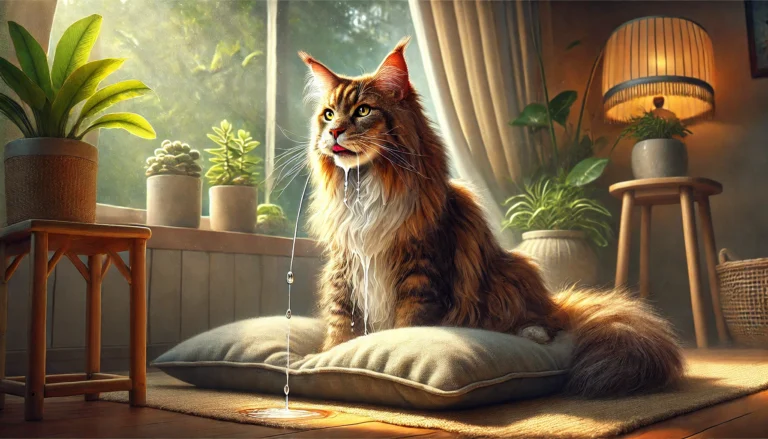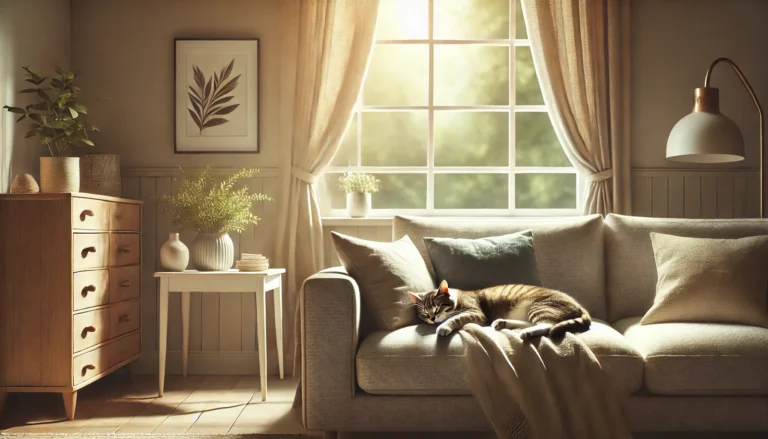Russian Blue Cat Breed Health and Care

Introduction
Russian Blue Cat breed that combines elegance with a gentle temperament. Known for its shimmering blue coat and striking green eyes, this breed has captured the hearts of cat lovers around the world. In this detailed exploration, we will delve into the history, characteristics, care needs, and health of the Russian Blue, providing cat enthusiasts with a comprehensive guide to understanding and caring for this remarkable breed.
Origins and History
The Russian Blue is believed to have originated from the Archangel Isles in northern Russia. These cats were prized for their thick, warm fur, which was ideal for the harsh Russian climate. The breed was first introduced to Europe in the 1860s and later made its way to the United States and other parts of the world. Russian Blues were quickly recognized for their beauty and demeanor, making them a favorite among cat shows and pet owners alike.
Physical Characteristics
This section covers the distinctive physical features of the Russian Blue, which help to set it apart from other cat breeds.
Coat and Color
The most striking feature of the Russian Blue is its dense, soft double coat of a uniform, bright blue color. Each hair is tipped with silver, giving the coat a lustrous sheen that appears to glow. This unique fur is not only beautiful but also serves as a good indicator of the cat’s health and well-being.
Body Structure
The Russian Blue has a fine-boned, elegant structure with long, slender legs and a long, tapering tail. Its head is wedge-shaped with a straight nose and flat forehead. The ears are large, wide at the base, and pointed at the tip, enhancing their keen hearing.
Eyes
Perhaps one of the most enchanting features of the Russian Blue are its vivid green eyes. They are typically large and round, giving the cat an expression of perpetual alertness and curiosity.
Temperament and Personality
Russian Blues are known for their gentle and shy nature. They are typically reserved around strangers but are very affectionate and loyal to their family members.
Interaction with Families
Despite their shy demeanor, Russian Blues form deep bonds with their owners. They are known to follow their favorite people around the house and prefer a quiet, stable environment where they feel secure.
Compatibility with Other Pets
Russian Blues can coexist peacefully with other pets, especially if they are introduced to them at a young age. They are not particularly territorial but appreciate having their own space.
Care and Maintenance
Caring for a Russian Blue is relatively straightforward, thanks to their healthy constitution and self-grooming habits.
Grooming Needs
The dense coat of the Russian Blue requires regular brushing to remove dead hair and distribute skin oils evenly through the coat. This not only keeps the coat shiny but also minimizes shedding and prevents hairballs.

Nutrition
A balanced diet is crucial for maintaining the health and longevity of a Russian Blue. High-quality commercial cat food that meets the nutritional levels established by the AAFCO is recommended.
Exercise
While not overly active, Russian Blues do enjoy playtime and should be provided with toys and activities to keep them engaged and physically fit.
Title
Many dog owners prefer using home remedies for dogs when their pets experience common health issues.
Health and Longevity
Russian Blues are generally healthy, but like all breeds, they can be prone to genetic and common health issues.
Common Health Issues
While robust, the breed can occasionally suffer from genetic disorders like hypertrophic cardiomyopathy (HCM), which is the most common heart disease in cats. Regular veterinary check-ups can help catch and manage such conditions early.
Lifespan
With proper care, the Russian Blue can live 15 years or more, providing many years of companionship and joy.
Breeding and Genetics
This section would delve into the breeding practices that maintain the health and standard of the Russian Blue breed, as well as any ethical considerations associated with breeding.
Conclusion
The Russian Blue is more than just a pretty face; it’s a devoted, gentle companion with a rich history and a bright future in the homes of cat lovers worldwide. With their stunning looks and affectionate nature, it’s no wonder they continue to be one of the most popular cat breeds in the world.
Do Russian Blue cats have health problems?
Russian Blue cats are generally healthy, but like all breeds, they can be prone to genetic disorders such as hypertrophic cardiomyopathy.
Are Russian Blue cats high maintenance?
No, Russian Blues are not high maintenance. They have a short, dense coat that requires minimal grooming.
How to care for a Russian Blue cat?
Care involves regular grooming, providing balanced nutrition, ensuring regular exercise, and keeping up with routine vet check-ups.
What food do Russian Blue cats eat?
Russian Blue cats thrive on high-quality commercial cat food or well-balanced homemade food that meets their nutritional needs.
Can Russian Blue cats drink milk?
It’s best to avoid giving milk to Russian Blue cats as many cats are lactose intolerant, which can cause stomach upset.
How do I keep my Russian Blue cat happy?
Keep them engaged with toys and playtime, provide scratching posts and perches, and maintain a calm and stable environment.
Do Russian Blue cats like water?
Russian Blues, like most cats, typically do not like being submerged in water, but some may show curiosity about water from taps or showers.
What do Russian Blue cats love?
They love interactive play, quiet environments, and being close to their family members.
Do Russian Blue cats talk a lot?
Russian Blue cats are generally quiet; however, they can be vocal in communicating their needs or during interactions with their owners.






